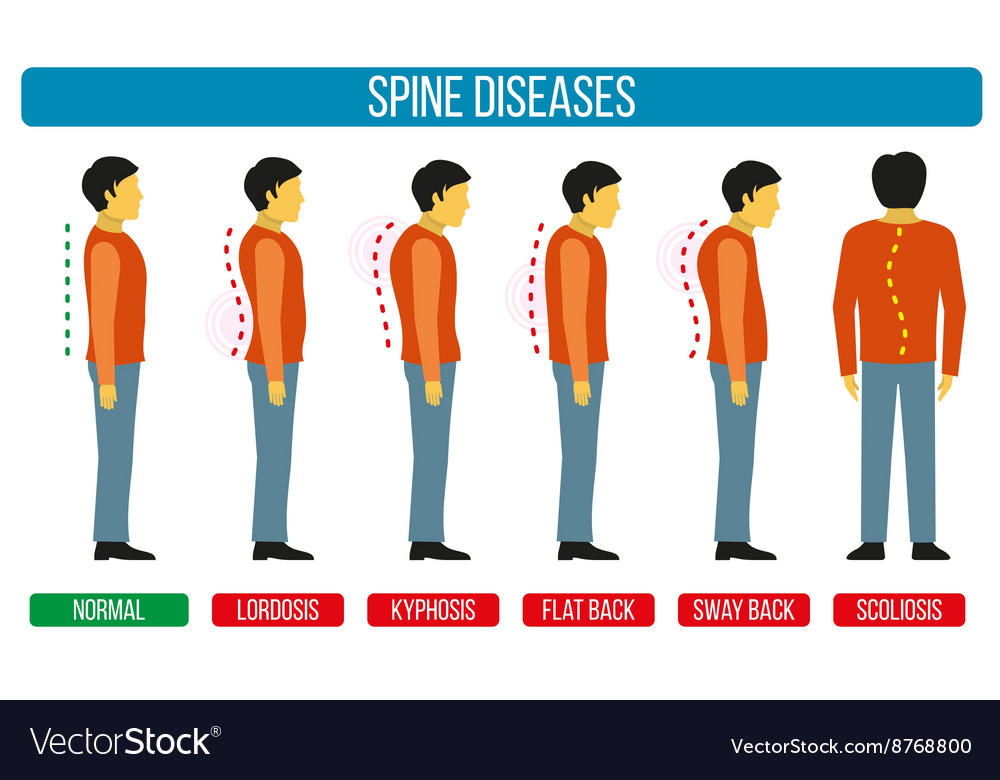The Role Of Posture In Pain In The Back: Tips For Getting And Maintaining Good Placement Throughout Your Day
The Role Of Posture In Pain In The Back: Tips For Getting And Maintaining Good Placement Throughout Your Day
Blog Article
Published By- what causes lower back pain in men
Preserving appropriate pose isn't practically staying up directly; it has to do with straightening your body in such a way that sustains your spine and minimizes the threat of pain in the back. The way you rest, stand, and move throughout the day can considerably influence your spine health. However exactly how precisely can you guarantee great placement continually, even throughout active days filled with numerous tasks? Allow's dig deeper into the subtle yet impactful adjustments you can make to your everyday regimen to keep your back happy and healthy and balanced.
Value of Appropriate Position
Proper posture is crucial in preserving a healthy back and stopping discomfort. When you rest or stand with good posture, your spinal column is in alignment, minimizing pressure on your muscle mass, ligaments, and joints. This alignment enables the body to distribute weight uniformly, protecting against excessive tension on particular locations that can lead to discomfort and discomfort. By keeping your spinal column properly lined up, you can additionally improve your breathing and digestion, as slouching can press organs and restrict their capability.
Moreover, maintaining excellent position can boost your general appearance and confidence. When you stand tall with your shoulders back and head held high, you show confidence and appear more approachable. Excellent posture can also make you really feel a lot more energized and sharp, as it advertises correct blood circulation and enables your muscular tissues to work effectively.
Incorporating appropriate position into your everyday routine, whether sitting at a workdesk, strolling, or working out, is necessary for protecting against back pain and advertising general wellness. Keep in mind, a little modification in exactly how you hold on your own can make a significant distinction in just how you feel and work throughout the day.
Common Postural Mistakes
When it pertains to preserving good posture, numerous individuals unknowingly make typical mistakes that can add to neck and back pain and pain. One of one of the most widespread mistakes is slumping over or stooping over while resting or standing. This setting places excessive strain on the spinal column and can cause muscle mass discrepancies and pain in the future.
An additional typical mistake is overarching the lower back, which can flatten the all-natural contour of the spine and cause discomfort. Furthermore, going across legs while resting may really feel comfortable, yet it can produce an inequality in the hips and hips, resulting in postural issues.
Utilizing a cushion that's also soft or as well solid while resting can likewise affect your placement and add to pain in the back. female back pain right side middle but not least, regularly craning your neck to consider screens or readjusting your setting often can strain the neck and shoulders. Being mindful of these usual postural mistakes can assist you preserve much better alignment and lower the danger of back pain.
Tips for Correcting Placement
To enhance your alignment and minimize back pain, it's essential to focus on making small adjustments throughout your everyday regimen. Start by being mindful of your stance. When sitting, guarantee your feet are level on the flooring, your back is straight, and your shoulders are relaxed. Avoid slouching or leaning to one side. Use ergonomic chairs or paddings to support your reduced back.
When standing, distribute your weight equally on both feet, keep your knees a little bent, and tuck in your hips. Engage your core muscular tissues to support your spinal column. Take breaks to extend and walk if you have an inactive work. Incorporate exercises that enhance your core and back muscle mass, such as planks or bridges.
While sleeping, utilize a pillow that supports the all-natural contour of your neck to keep appropriate spinal placement. Avoid sleeping on your stomach, as it can stress your neck and back. By bearing in mind these suggestions and making small changes, you can gradually remedy your placement and minimize back pain.
Final thought
Keep in mind, maintaining great posture is key to preventing neck and back pain and promoting spinal wellness. By being mindful of your positioning, distributing weight uniformly, and involving your core muscle mass, you can lower stress on your back and minimize the risk of pain and injury. Include ergonomic assistance, take regular breaks to stretch, and enhance your core and back muscle mass to preserve appropriate alignment throughout the day. Your back will thank you for it!
